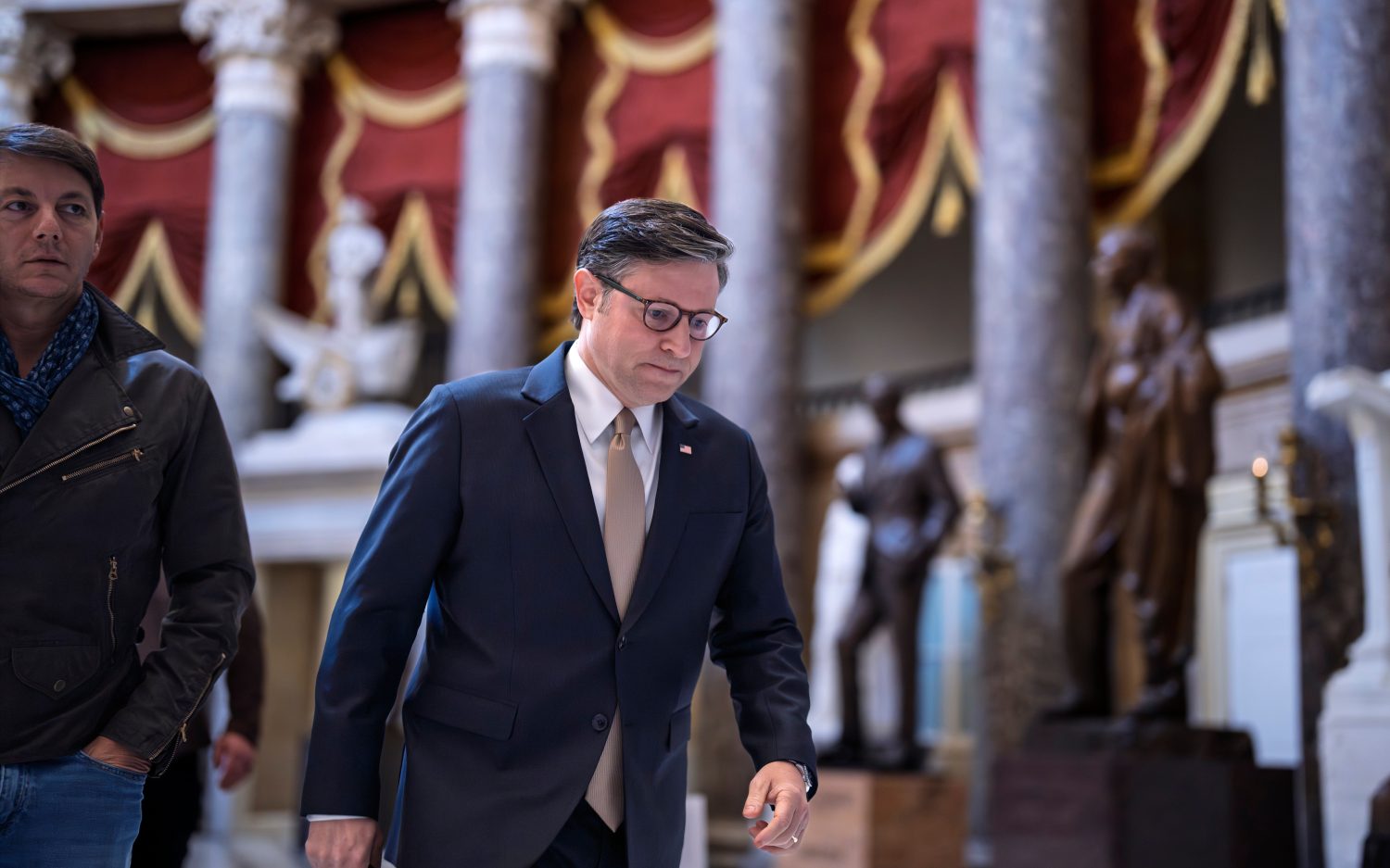Supreme Court clears the way for federal executions
Early on Tuesday morning, the high court voted 5-4 to move ahead with the first execution carried out by the U.S. government since 2003. Federal authorities planned to execute convicted murderer Daniel Lewis Lee by lethal injection on Monday afternoon at a federal prison in Terre Haute, Ind. But earlier in the day, U.S. District Judge Tanya Chutkan issued a court order to stop it. A federal appeals court in Washington, D.C., refused the Trump administration’s plea to step in, leading to the Supreme Court’s ruling, with the five conservative justices voting in favor and the four liberal justices dissenting. Lee was executed a little after 8 a.m. EDT on Tuesday. The government is planning two other executions for later this week.
Why did the U.S. District judge issue the ruling? Chutkan said U.S. Attorney General William Barr’s new lethal injection protocol, which uses only pentobarbital, “is very likely to cause Plaintiffs extreme pain and needless suffering during their executions.” The ruling comes after the Supreme Court on June 29 allowed federal executions to move forward. On Friday, a U.S. District Court judge imposed an initial delay because of health concerns the victims’ family had about traveling to the prison during the coronavirus pandemic. On Sunday, the 7th U.S. Circuit Court of Appeals overturned that ruling.
Dig deeper: Read my report in Compassion about the Supreme Court’s rejection of the death row inmates’ appeal.
Editor’s note: WORLD has updated this report since its initial posting.
An actual newsletter worth subscribing to instead of just a collection of links. —Adam
Sign up to receive The Sift email newsletter each weekday morning for the latest headlines from WORLD’s breaking news team.





Please wait while we load the latest comments...
Comments
Please register, subscribe, or log in to comment on this article.